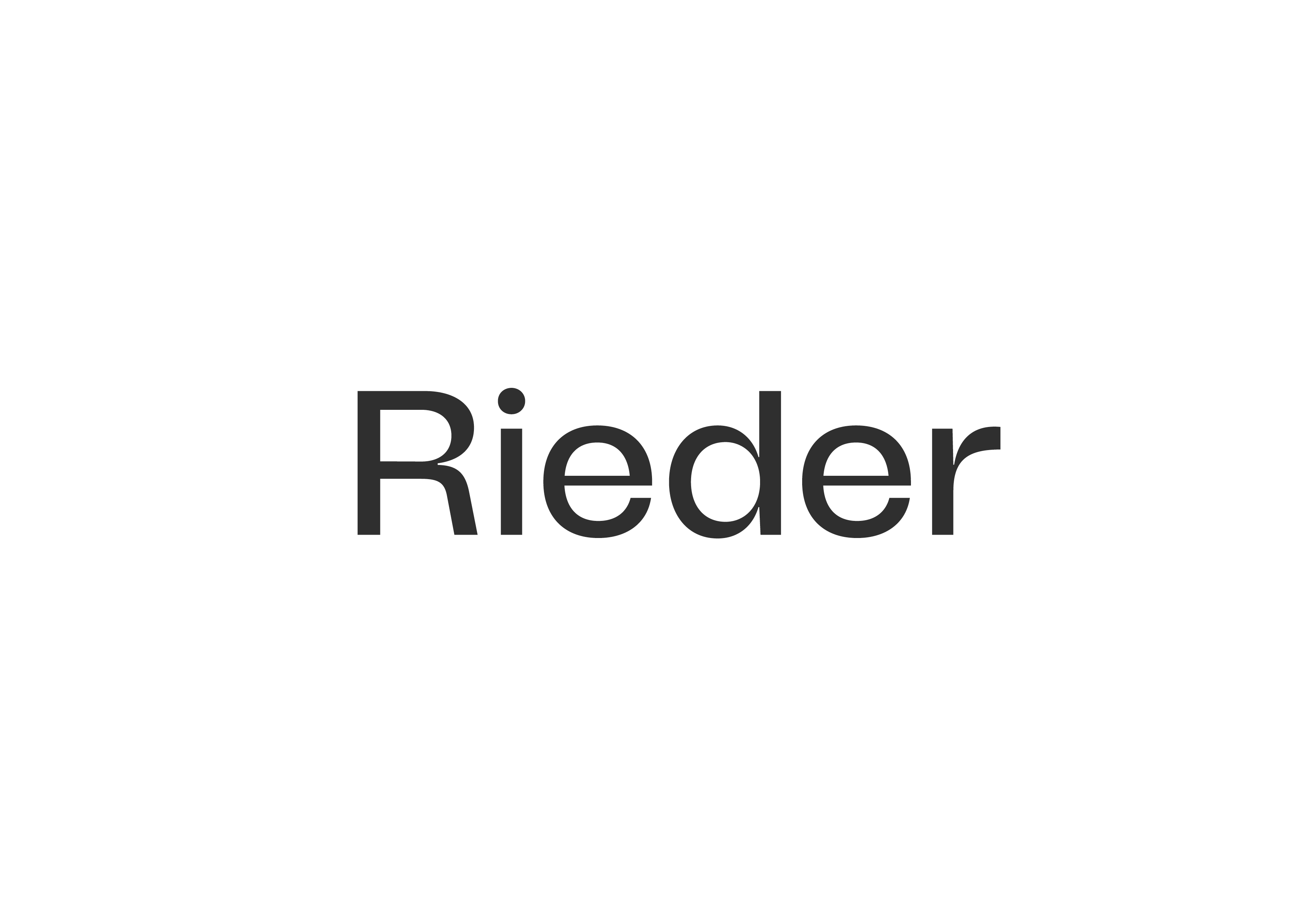
Building the Ideal Rainscreen: Advantages of Extruded Concrete Panels
Exploring the advantages of extruded concrete panels in building ideal rainscreens
Sponsored by Rieder USA
The concept of rainscreens is not new. The practice of providing a plane for moisture to drain down and off the exterior is centuries old. But the precise strategy and design of rainscreens have evolved over the years. And the materials used for the purpose of exterior moisture management have improved exponentially. This course reviews, compares, and contrasts the common materials used to produce rainscreens. As demonstrated here, extruded concrete has become an increasingly popular material choice because it is thinner, offers more design options, and is noncombustible. The course examines the manufacturing process and performance benefits of extruded concrete when used as a rainscreen material.

Photo © Rieder Facades / Ditz Fejer
The Rieder Group specializes in the production of solution-oriented, environmentally friendly and economical facade solutions made of glassfibre reinforced concrete. The greatest driving force behind the continuous development is the striving to create more than just sustainable concrete elements in order to allow Rieder to make an active contribution to the energy revolution. The aim is to offer architects and builders an intelligent facade with countless possibilities in terms of aesthetics, flexibility of design, sustainability, and cost-effectiveness.
LEARNING OBJECTIVES
- Discuss the overall durability and performance benefits of including rainscreens in commercial building.
- List the common materials used to produce rainscreen.
- Compare and contrast common rainscreen materials.
- Describe the manufacturing process and performance benefits of extruded concrete.









